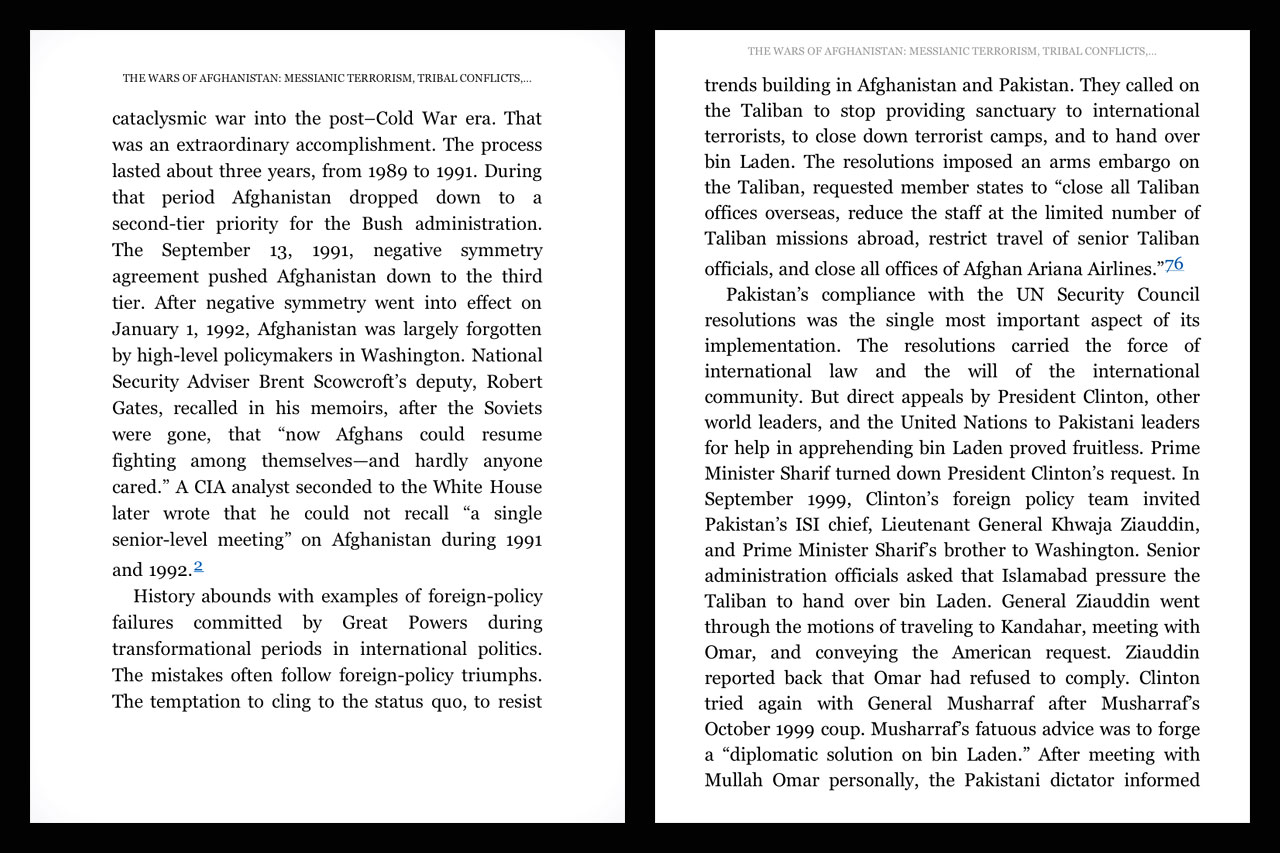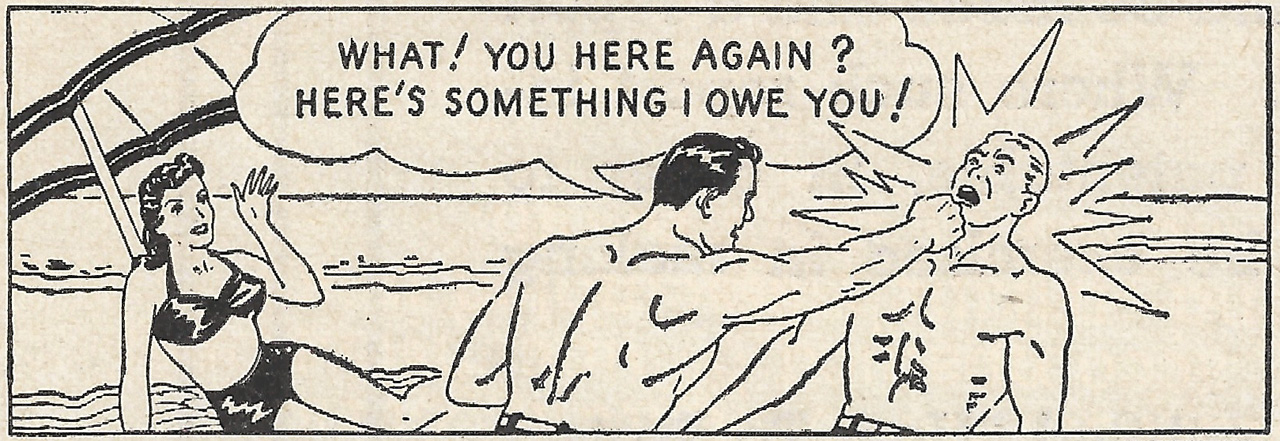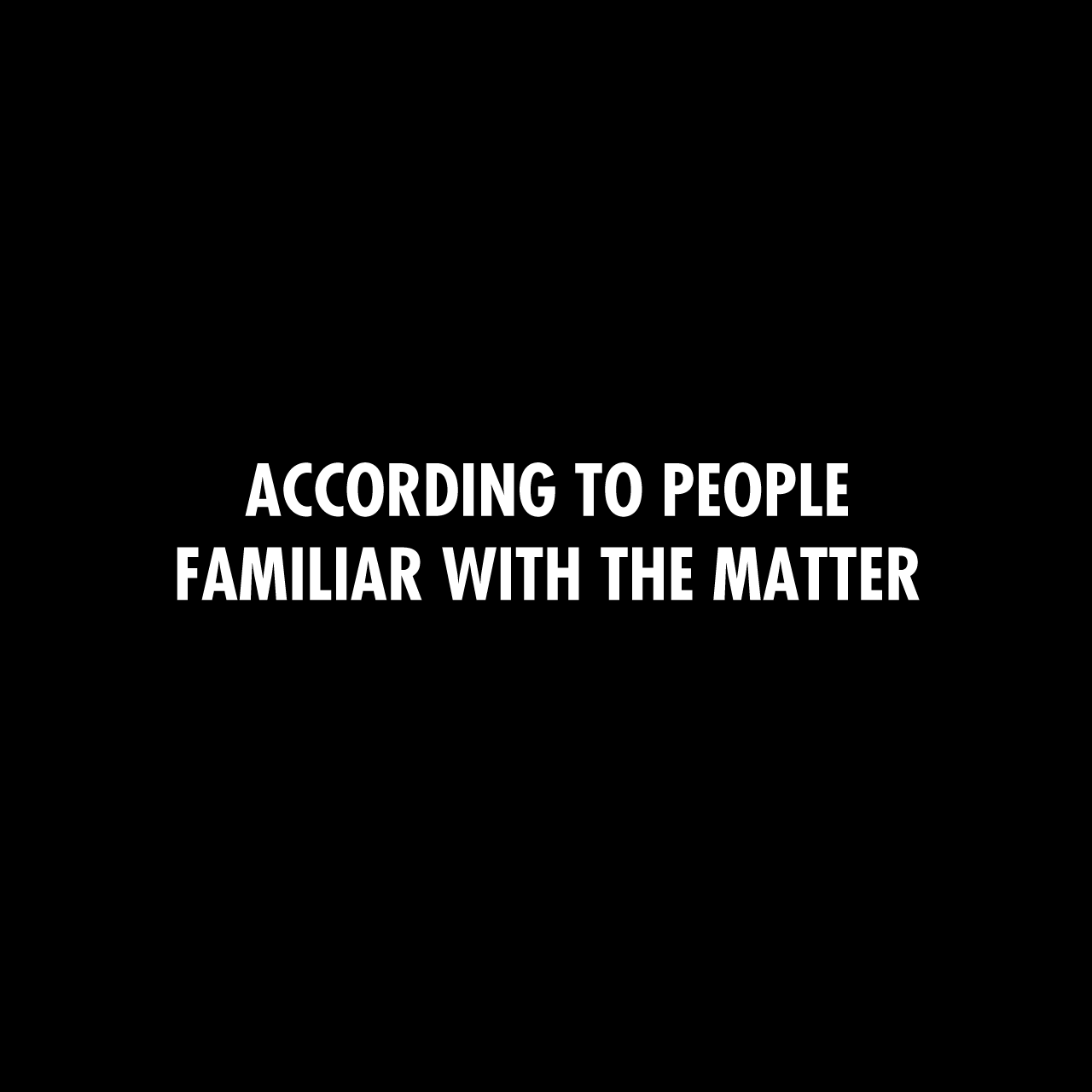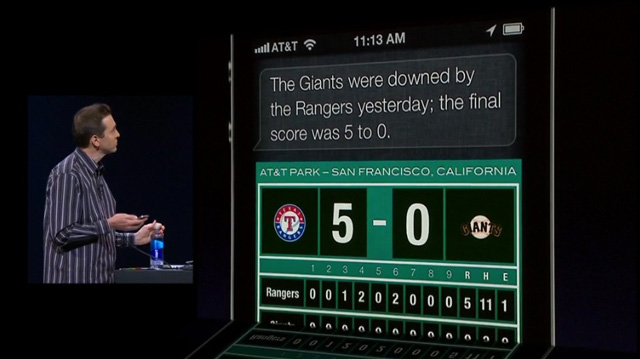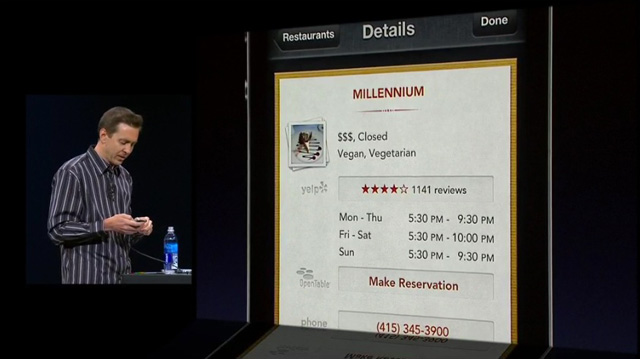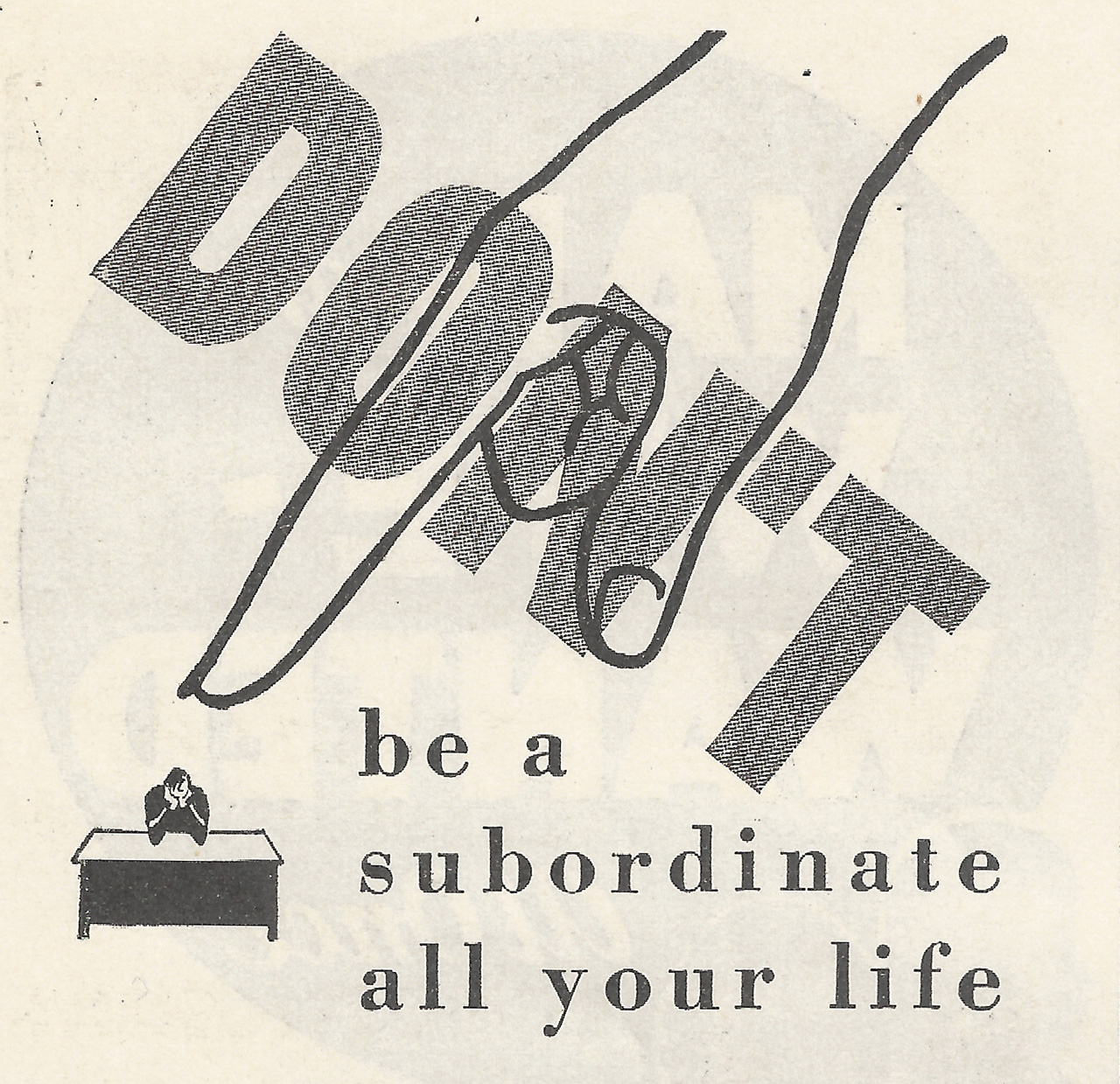Sealed Up
Rafe Colburn asks, why are Apple laptops becoming harder to take apart? (via Daring Fireball)
… and gives an answer:
I know a lot of people think that computers (and many other products) are becoming less maker-friendly because greedy companies want to get more money for parts and labor, or even better, shorten the upgrade cycle and sell more computers, or cars, or appliances, or whatever.
I doubt that is ever really the case. There are a lot of tradeoffs that go into product design. When it comes to laptops, there are capabilities (display resolution, processor speed, storage space, battery life, and so on), size and weight, cost, and upgradeability. Apple seems to have gotten the impression that upgradeability is the factor that people care about the least, and I suspect that they’re right.
I’m sure there’s people in the automotive world asking themselves the same thing. If you open the hood to a lot of cars these days all you see is a big cover over everything. Car makers don’t want you monkeying with shit the same way Apple doesn’t want you monkeying with shit. Even Mercedes uses a special vacuum to suck the oil out of your engine when you get an oil change. There’s not even a lug nut underneath the car if you wanted to do it yourself.
The same goes for car stereos. When I was a teenager, my friends and I used to swap out and install new stereo equipment all the time. This was long before dashboards were filled with GPS units and satellite radios. Things are much more complex now and the majority of people buying cars and computers don’t want to customize their things.
